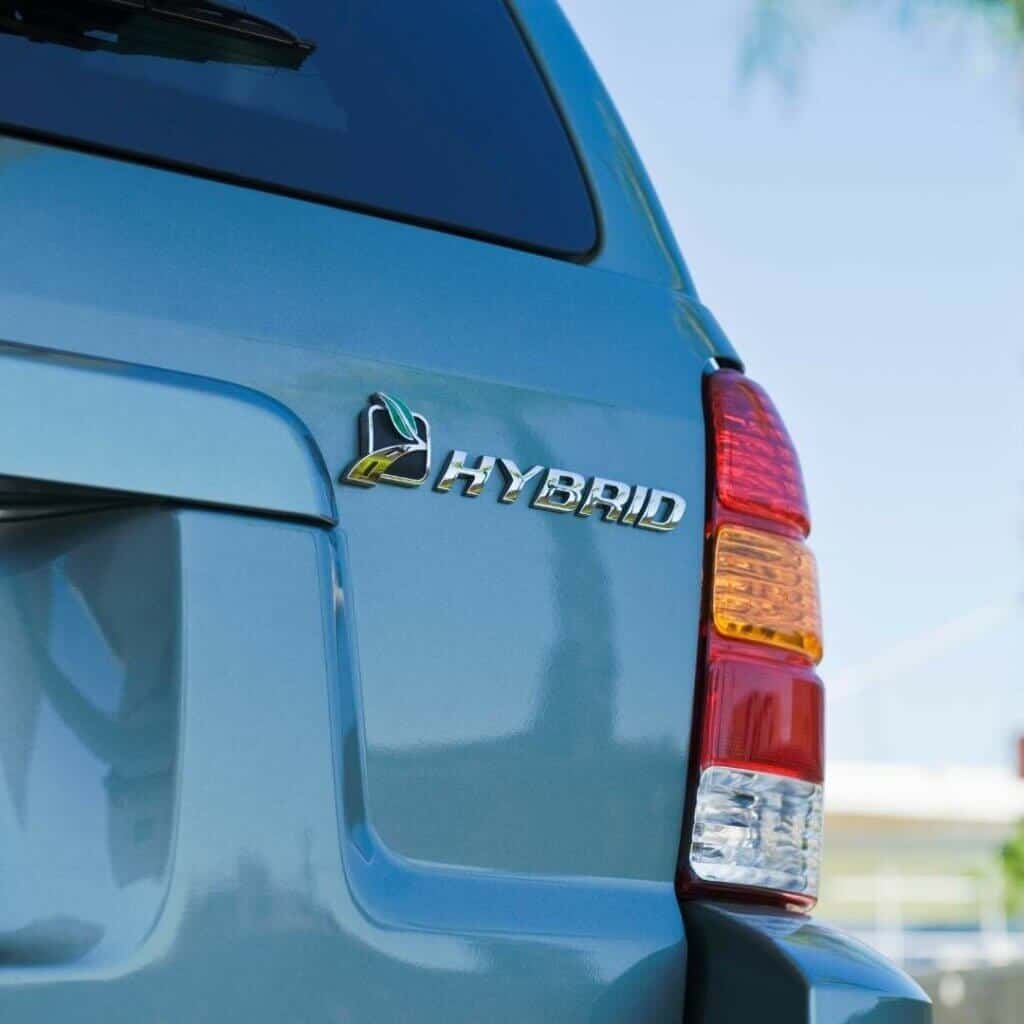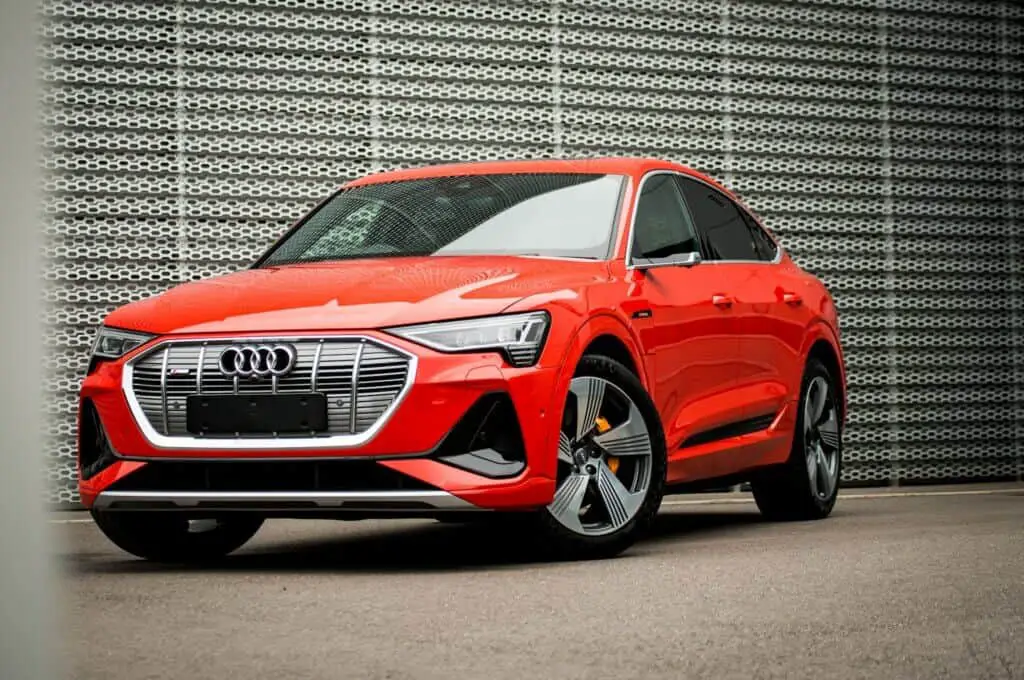What to do if the cooling performance of the hybrid battery is low?
Electric cars rely on rechargeable batteries for mobility. And when batteries provide electric power to motors in these vehicles, they tend to heat up. This necessitates the use of a thermal management system.
Thermal management refers to the various approaches for maintaining appropriate battery temperature. For instance, electric vehicles’ cooling system keeps the battery’s temperature and associated technical equipment [1].
Why does a hybrid battery need a cooling system?
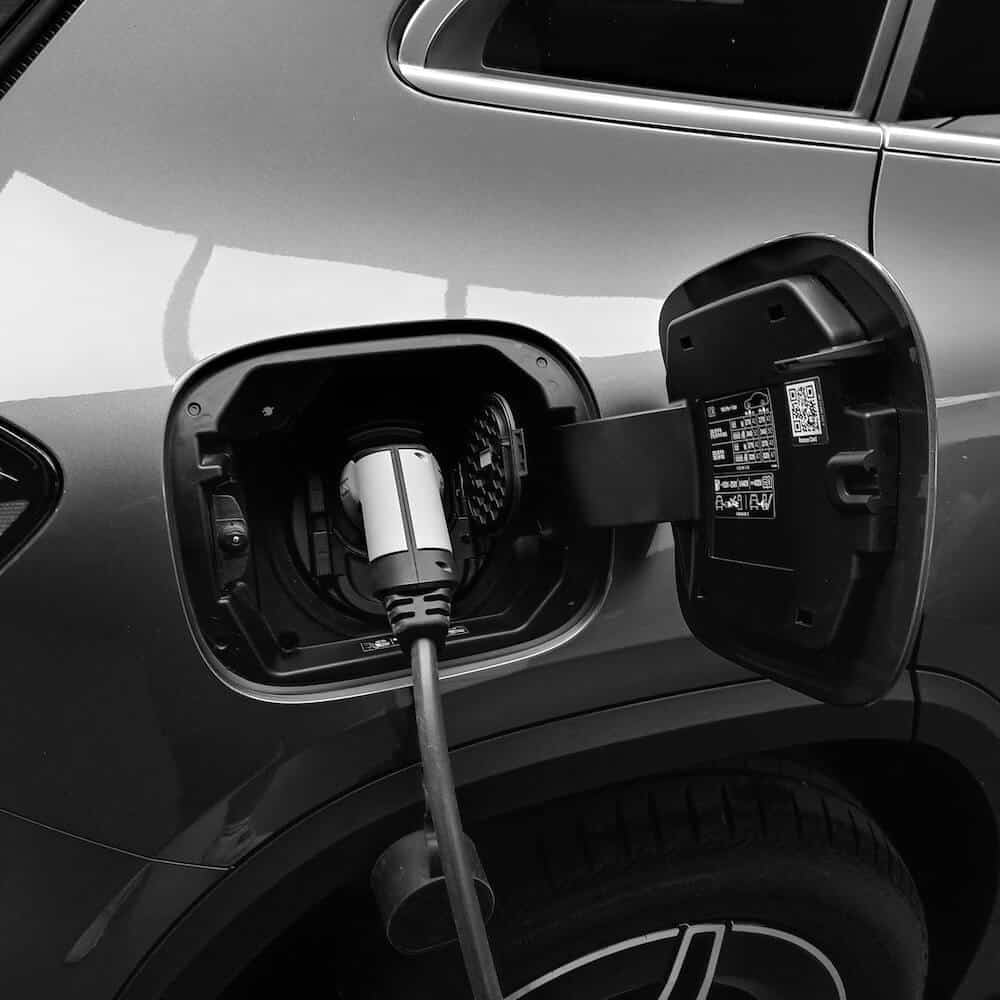
Overheating is one of the primary causes of accelerated battery degradation in vehicles. Excess heat stresses the battery, causing its performance to decrease over time. Moreover, the high current produced by fast charging is bad for battery health.
The high temperature causes the evaporation of battery fluid and irreversible damage to its internal structure. Discharge power availability, charge acceptance during regenerative braking, and battery health is all properly maintained at optimal temperatures. But as the temperature rises beyond the recommended level, battery life, car drivability, and fuel economy tend to reduce. Therefore, the battery cooling system is critical in maintaining the temperature at the optimal level.
EVs are built with better ways to get air to the battery and other components requiring ventilation. Air cooling is simple and affordable. Liquid cooling, however, performs better, although it is more complicated [2].
The battery pack in most hybrid and electric vehicles is cooled separately. As a result, the hybrid requires at least two cooling systems: one for the engine and another for the motor and battery. The battery cooling system consists of an electric pump, heat exchanger, and specific coolant.
On the other hand, the engine’s cooling system consists of a coolant pump and a radiator. The pump circulates coolant around the engine, collecting the heat and taking it to the radiator to cool it down [3].
Toyota recommends replacing the engine coolant every 100,000 miles or 120 months and the inverter coolant every 150,000 miles or 180 months. The typical cost of a hybrid inverter coolant drain, flush, and refill is between $122 and $147, but this varies by vehicle.
If you notice any problems with the cooling system of your Toyota Prius or Lexus IS300H, take your car to the servicing station and have it checked.
Any leaks will be repaired, and the system will be cleaned and refilled. The system may be flushed as a diagnostic procedure if no leaks are detected and the coolant is at the recommended level.
In such a case, no diagnostic is required because flushing the system is a factory-scheduled maintenance item. Therefore, mileage is the only symptom required [4].
What it means for the cooling performance of the hybrid battery to be low
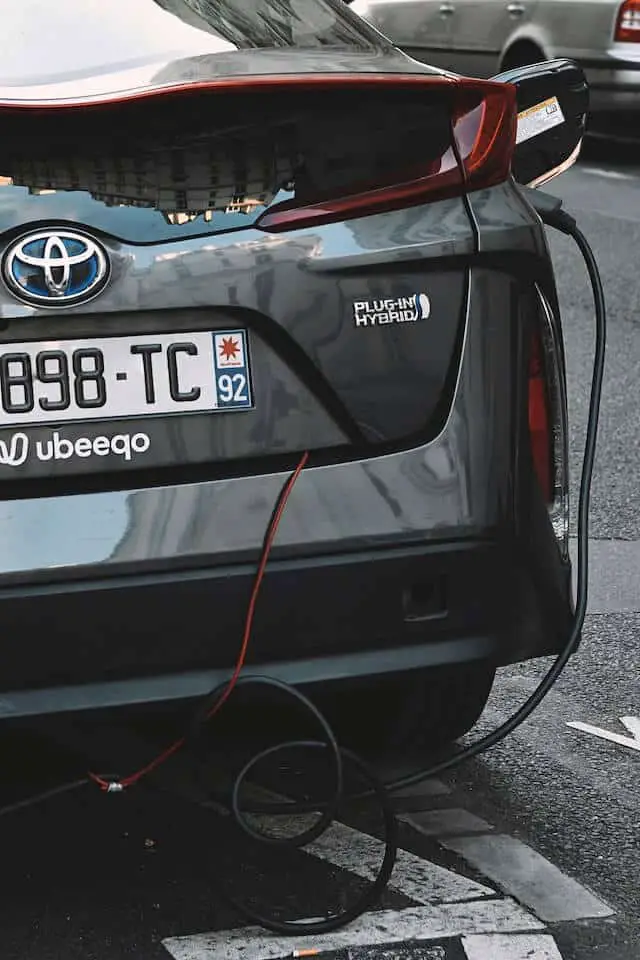
The hybrid battery’s low cooling performance indicates that the battery cooling system is not functioning properly. Although there are several causes for this, it is most likely caused by insufficient airflow around the hybrid battery.
Hybrid vehicles not only help you reduce your carbon footprint but can also help you save money. However, the hybrid battery’s low cooling performance affects the vehicle’s overall efficiency. This is a common issue with the Toyota Prius and Lexus IS300H.
Causes of and Solutions to Low Cooling Performance of the Hybrid Battery
The battery cooling system on a hybrid car is a closed system. The system circulates coolant from the inverter to the gearbox through an electric pump. The system also includes a radiator that dissipates heat from the coolant.
There are numerous causes for the hybrid battery’s poor cooling performance. While simple repairs may fix some, other problems require significant expertise. Below are some causes of the low cooling performance of a hybrid battery.[6]
- Clogging of the cooling components
The hybrid battery pack is cooled by a fluid circulating via the radiator. If the radiator or any other component is clogged, the coolant will not flow properly, thus preventing your battery from being adequately cooled.
As a result, it will lower your battery’s performance and might even cause it to fail .
The battery may overheat in such a situation, damaging the battery and other parts of the car. To avoid this issue, keep a regular maintenance routine and have any problems addressed by the mechanic. The only way to detect if your radiator needs cleaning is to check the coolant level. If it is low, there could be a leak somewhere in the system.
Similarly, dirt or sand could clog the fan, preventing it from cooling the hybrid battery. To resolve this issue, clean the fan and check for any blockages preventing it from functioning properly.
Replace the fan if its performance is less than optimal, yet there are no obstructions.
- Extreme temperatures fluctuations
Liquid cooling is used in hybrid systems to keep batteries at an optimal temperature. When the temperature is extremely high or low, the cooling system needs more energy to maintain the appropriate temperature for smooth operation [8].
Hybrid battery cells shrink in cold conditions and become more vulnerable to damage from vibration and other impacts. Conversely, heat causes them to expand, which puts strain on the cell seals. As a result, stress can cause leakage or short-circuiting, damaging the battery pack.
For this reason, keep the battery cooling system functioning optimally to avoid the consequences of excessive temperature fluctuations in hybrid batteries.
The battery thermal management system can help maintain an optimal temperature by reducing the heat generated by the battery.
- Battery Problems
The battery itself could have an inherent flaw that stops it from fully cooling down (for example, damaged connections). Additionally, battery capacity decreases when you use it for an extended period. As a result, the hybrid battery’s cooling performance suffers dramatically.
When a hybrid battery pack is utilized for an extended period, failure begins in one or more cells. A failing cell draws too much current, thus generating an imbalance in the pack. This may cause other cells to overcharge or overheat. If this is the case, you must purchase a new hybrid battery.
- Leaks of the cooling fluid
Leaks can only happen in liquid cooling systems where the pipe connections are prone to failure as the system ages. Any leakage will drastically reduce battery performance and longevity. Humidity also affects the battery’s electrical insulation and might cause the battery to stop working. Battery modules, connectors, pumps, and valves must all be kept in working order.
Leaks in the coolant reservoir tank might form over time owing to corrosion or physical damage. The damage could begin with cracks or holes in the tank caused by road debris thrown up by passing automobiles.
It can cause air to be pulled into the cooling system, reducing its performance. This eventually causes your hybrid battery pack and engine to overheat.
You must immediately repair leaks in the coolant reservoir tank to ensure the hybrid battery’s optimal reliability. Leaks can occur anywhere in the system.
They can originate from radiator hoses, heater hoses, water pumps, or numerous cooling system connections.
A leaking overflow tank will drain its contents if not repaired. In addition, the leak will result in a lack of coolant in your system and an overheating engine and batteries.
How do I cool my car battery?
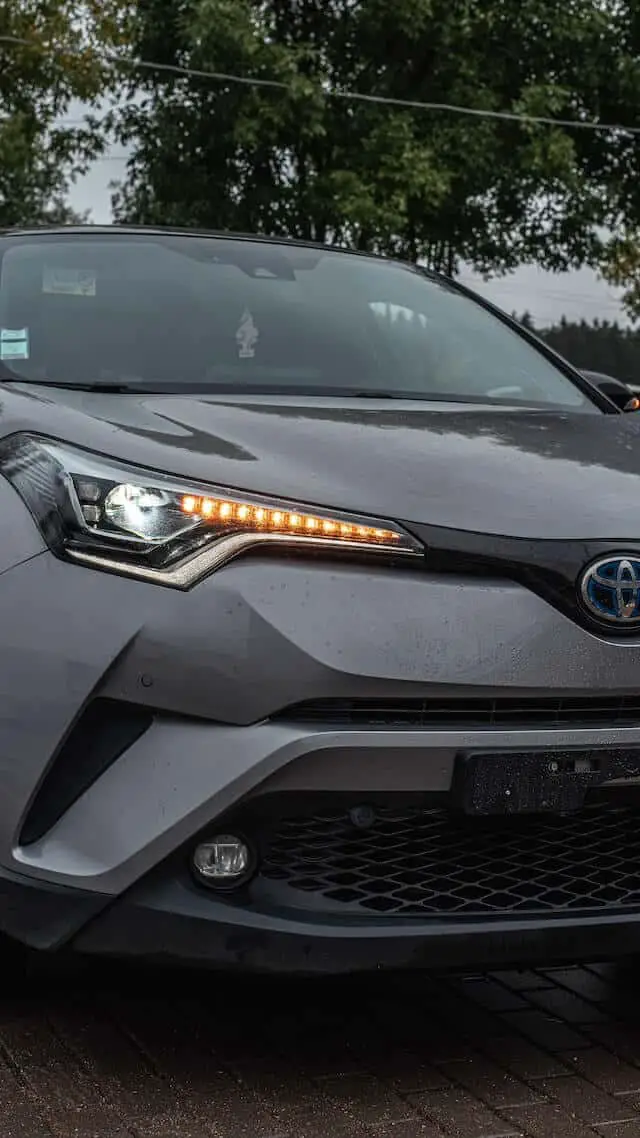
Toyota usually installs the hybrid battery pack behind the backseats, which won’t obstruct interior space or the undercarriage.
To keep things cool and running smoothly, the vehicle recirculates air from within and blasts it across the battery pack. On hot days, turn on the AC to guarantee that the air is cool [9].
Putting a tinted layer on your windows can also reduce heat and prevent the air conditioning system from overworking. These simple suggestions can ensure that your hybrid battery pack remains operational, allowing you to achieve the best fuel efficiency possible.
Read Next: Pros of Self-Charging Cars
Conclusion
The hybrid battery is the key to these vehicles’ success. However, the working temperature of the battery must be kept within a safe range. Otherwise, the battery’s efficiency and safety are jeopardized.
Proper and regular maintenance of the hybrid battery cooling system will guarantee that it keeps serving you for long. You should also avoid overworking the car if you wish to keep it functioning optimally.
Read Next: Hybrid vs Electric Cars Environmental Impact

